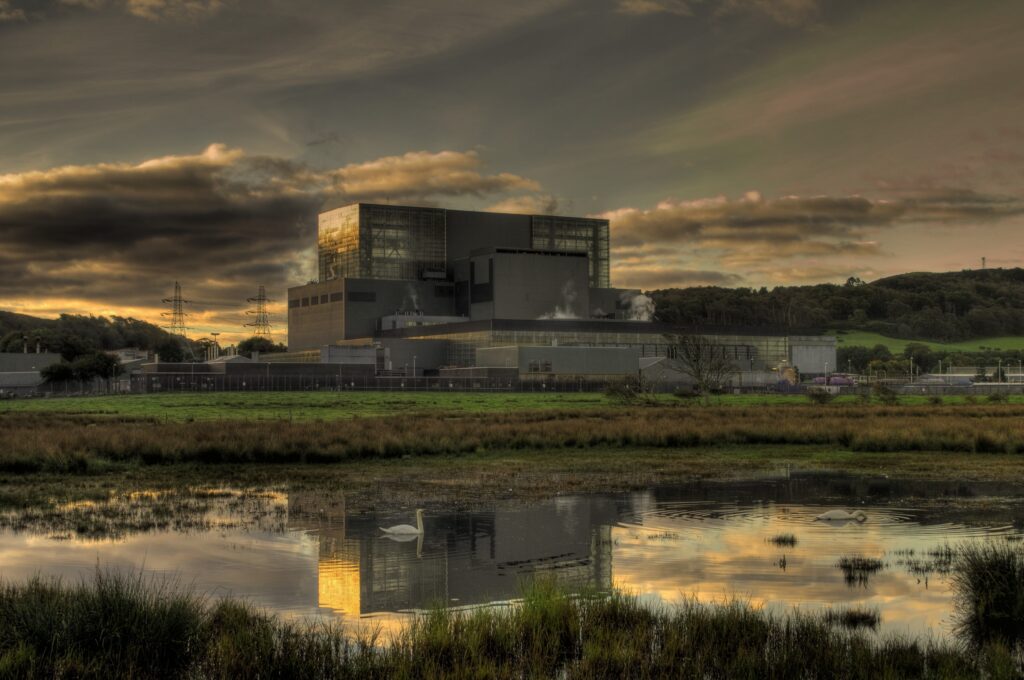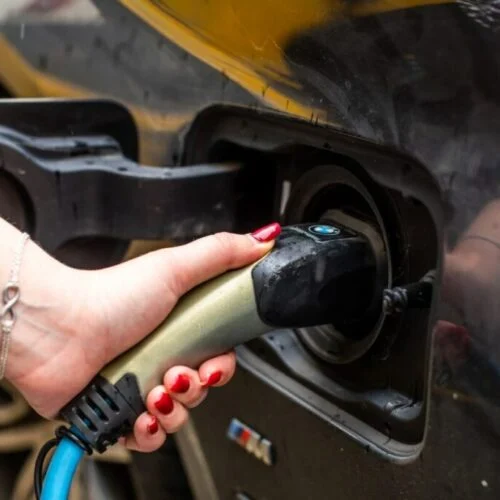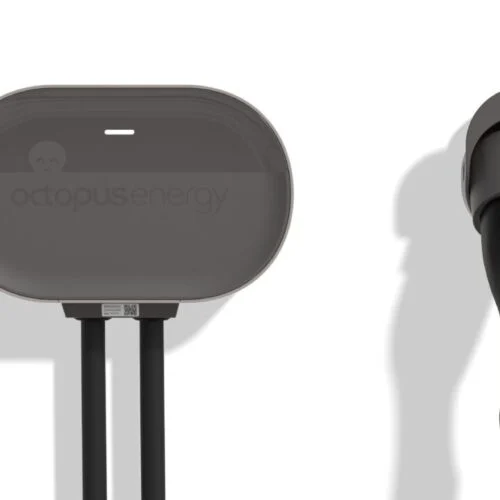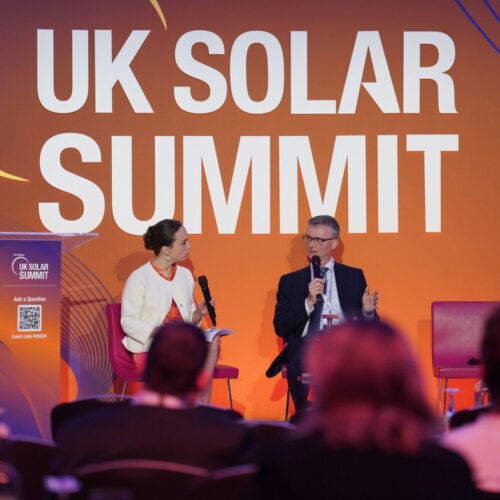EDF UK has reported significant losses for 2021 due to the ongoing impact of COVID-19 and high global gas prices.
The company’s UK EBITDA fell to -£21million in 2021 from £712 million in 2020, and its UK EBIT to -£1.7 billion from -£862 million.
Its residential business was loss-making as wholesale power prices surged, but it was unable to recoup this from customers due to the price cap. Ofgem this month announced that the price cap for the summer period is increasing by 54% in response to the historic high prices.
EDF took on over 650,000 customer accounts in 2021 through the Supplier of Last Resort (SoLR) mechanism, as other companies closed due to the price squeeze. Of the 27 suppliers that closed, the company took on the customers of Green Network Energy, Utility Point, Zog Energy.
Along with growing its customer base, the company continued to expand its renewable generation in the UK. It added two battery sites at Kemsley and Cowley to its portfolio, both of which are 50MW/50MWh lithium-ion battery storage assets.
It expanded its activity in the solar sector dramatically, and submitted a planning application for 49.9MW Bloys Grove site and for the 50MW Tye Lane solar farm, opened a public consultation for its 49.9MW East Stour solar farm and for the 49.9MW Cadenham solar farm.
EDF Renewables also received planning permission for the 49.9MW Sutton Bridge and acquired the 49.9MW Burwell solar farm from AGR and the 49.9MW Porth Wen project from Countryside Renewables.
In Ireland, the company began building three new solar farms with a total capacity of 17MW, and unveiled a 1GW development pipeline of onshore renewables in the country.
The company’s nuclear output in the UK was down on 2020 by 4TWh to 41.7TWh in 2021, due to unplanned outages. This lost output also had to be bought back at high market prices, and was a contributing factor to EDF UK’s loss of profit.
Overall, the EDF Group contrastingly saw EBITDA increase by +11.3% for 2021, hitting £15 billion (€18 billion), its highest level since 2015. Its Italian, Dalkia and French regulated activities arms in particular saw growth.
However, it is expecting to take a €19 billion hit in 2022 due to the high power prices meaning it will have to sell electricity at below market rates in France, along with a drop in power production due to nuclear outages.
“The difficulties encountered at the beginning of 2022 have led EDF to implement an action plan aimed to continue this strategy in support of the energy transition and France’s industrial and climate objectives for the 2030 and 2050 horizons,” said Jean-Bernard Lévy, chairman and chief executive officer of EDF.
In the UK its nuclear fleet is shrinking, with the closure of Dungeness B announced in 2021 and Hunterston B announced in January 2022. Construction of Hinkley Point C is still ongoing, and it is now over halfway completed, said EDF.
While the schedule for the site remains unchanged – it is set to generate first power from Unit 1 in June 2026 – the company did note that there is a ‘high probability’ of delays due to COVID-19.
EDF welcomed the Regulated Asset Base (RAB) model legislation which is currently going through Parliament, and could be used to finance new nuclear including EDF’s Sizewell C project.
Its electric vehicle arm Podpoint listed on the London Stock Exchange in 2021, and expanded to have installed 160,000 chargepoints by the end of the year, up 70% on 2020.






